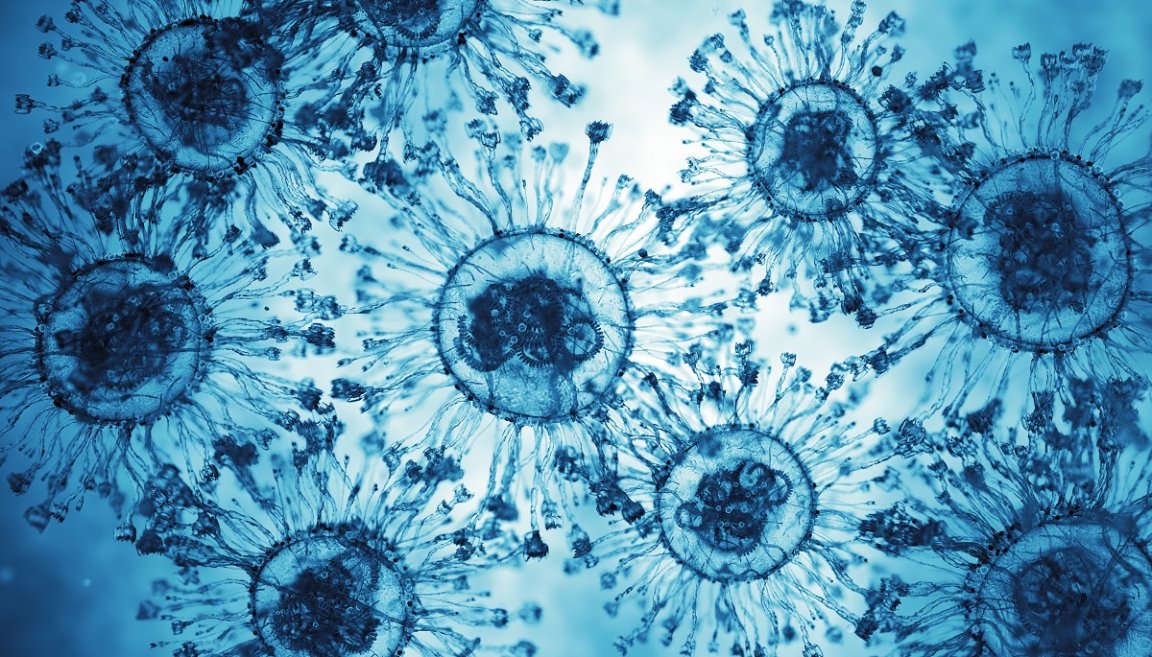
It’s A Trap!
Ocean water and Arctic ice may contain viruses that can help trap carbon emissions — and scientists are figuring out ways to enhance them.
As an Ohio State University press release about the new research explains, scientists have begun trying to identify viruses that could help mitigate the worst effects of climate change, some by trapping carbon in seawater and others by stopping methane from leaking out of melting permafrost.
Building on research from 2016 that found viruses facilitating the ocean’s carbon-sinking effect, OSU microbiologist Matthew Sullivan and his associates are now using AI modeling and genome sequencing to identify viruses with what’s known as “underwater carbon metabolism,” or basically mechanisms to eat carbon.
“Oceans soak up carbon, and that buffers us against climate change,” Sullivan explained while presenting the research during the American Association for the Advancement of Science’s Denver convention this week. “CO2 is absorbed as a gas, and its conversion into organic carbon is dictated by microbes.”
He and his colleagues, including OSU associate microbiology professor Virginia Rich and Damien Eveillard of the Tara Oceans Consortium, have identified 128 viruses that include the genes they were looking for — a number that “shocked” Sullivan, he said during the conference.
Dial In
Given that the team is looking at vastly different environments and target mechanisms — some that trap carbon in the ocean and others keep methane from being released from the permafrost — the research team is looking for viruses that can either “dial up” or “dial down” the release of these pollutants.
Using a new AI system created by Eveillard, the researchers are now looking at whether humans could engineer the ocean’s biome to help mitigate climate change — though of course, hacking the genetic makeup of ocean life could open up its own can of worms, too.
Indeed, the community metabolic modeling, as Eveillard’s system is called, is geared towards looking into any unintended potential consequences of bio-hacking the oceans could create.
Beyond the risk factors, however, the team is also looking into whether such gene hacking could help bio-engineer the human microbiome as well, potentially impacting everything from burn injuries to babies born to HIV-positive mothers, the OSU microbiologist explained during his presentation.
“The overall goal,” Sullivan said during his talk, “is engineering microbiomes toward what we think is something useful.”
More on bio-hacking: Scientists Desperately Studying How to Hack Climate